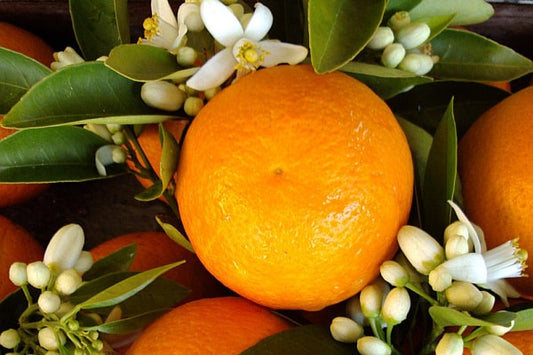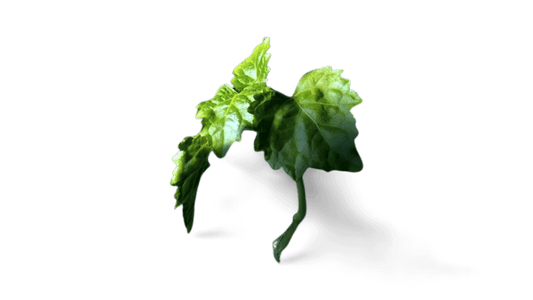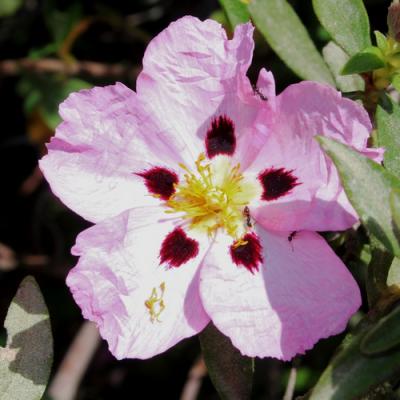No products found
Use fewer filters or remove all
Oak Leaves Fragrances
Explore our collection of oak leaves fragrances. Shop oak leaves perfumes that will captivate your senses.Nina Ricci Fragrances
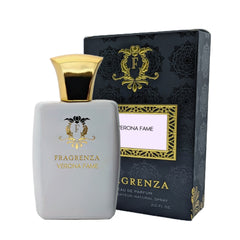
From this collection Verona Fame is Nina Ricci Ricci Ricci dupe
Experience the invigorating scents of nina ricci fragrances. Discover the best nina ricci perfumes and immerse yourself in a refreshing aroma.Olive Tree Fragrances
Indulge in the captivating olive tree fragrances. Explore the best olive tree perfumes and let their enchanting scents transport you.Oregano Fragrances
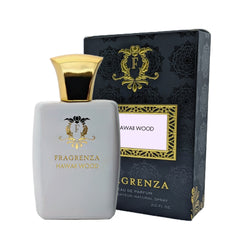
From this collection Hawaii Wood is Fragrenza Twist Hawaii Wood dupe
Discover the delightful scents of oregano fragrances. Shop best oregano perfumes online and add a touch of elegance to your fragrance collection.Orchard Blossom Fragrances
Immerse yourself in the world of orchard blossom fragrances. Experience the best orchard blossom perfumes for men and discover unique and captivating scents.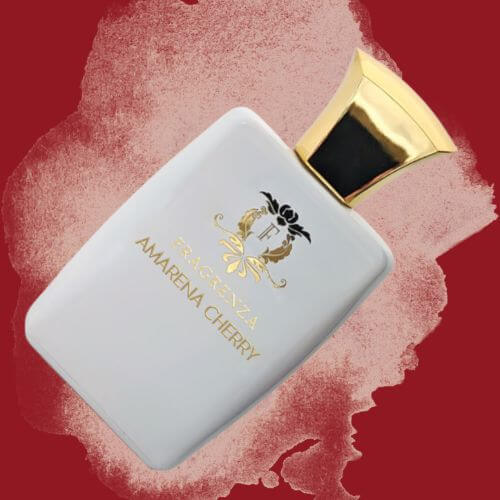
Amarena Cherry
Obsessed with cherry? If you want to really amp up the cherry scent, this Tom Ford Lost Cherry dupe will give Lost Cherry a run for its money. Black cherry, cherry syrup, and cherry liqueur all mingle together for an indulgent cherry overdose that’s complemented by notes of almond, tonka bean, Turkish rose, and jasmine sambac.
Greens, Herbs And Fougeres
Olea europaea
Collapsible content
Description
Botanical name Olea europaea sup sp. europaea European olive Olea europaea under sp. cuspidate Family Oleaceae Common name Olivier, Olivier, Zaitoon Unani HABITAT & DISTRIBUTION The olive tree is native to the Mediterranean basin, parts of Asia Minor, and has been cultivated for over 7, 000 years. Currently, over 95 percent of the world's olive trees grow in the Mediterranean basin. Globally, it is widely cultivated all over the world. Olea tolerates shallow stony soil, with little fertilizer, and survives in areas with dry, hot summers and in coastal areas. STORY & MYTH References to the olive tree date back to Biblical and Roman times and to Greek mythology. Historically, olive products have been used as aphrodisiacs, emollients, laxatives, nutrients, sedatives, and tonics. Olive oil is the main source of dietary fat in the countries where it is grown and is part of the Mediterranean diet commonly referred to as countries bordering the Mediterranean Sea. The Roman poet Horace mentions the olive in reference to his diet and commented that For me, olives, endives and smooth mallow provide nourishment. Olive leaves were considered a symbol of abundance, glory and peace and were used to crown the victors of games and wars. In ancient Greece, olive oil was used to anoint kings and athletes and was burnt in sacred temple lamps, as well as being the eternal flame of the early Olympic Games. The winners of these games were crowned with its leaves. Today it is still used in many religious ceremonies. Over the years, the olive has been a symbol of peace, wisdom, glory, fertility, power and purity. The olive tree and olive oil are mentioned more than 30 times in the Bible and seven times in the Koran. It is one of the first plants mentioned in the Bible. The olive tree is praised in both books as a valuable tree and a most important plant. Olive growing and an olive industry seem to have been established throughout the region bordering the Mediterranean from Palestine and Syria to Greece in the mid to late Bronze Age. The making of olive oil became a mass production industry during the Israelite period when processing methods improved. As modern agricultural techniques evolved, large state-owned enterprises emerged and olive growing reached its peak in the first half of the 19th century. OLIVE TREE The olive tree, Olea europaea, has been cultivated for olive oil, precious wood, olive leaf and olive fruit. The olive tree is very rustic. Resistant to drought, disease and fire, it can live to old age. Its root system is robust and able to regenerate the tree even if the aerial structure is destroyed. The trees reach up to 8-10 m in height with a broad crown of leafy branches. The leaves are silvery green and narrowly elliptical to oblong or laced in shape. The upper leaf surface appears glabrous and the lower surface is moderately to densely greyish green. The trunk is generally gnarled and more or less twisted. The flowers are smaller, feathery and usually borne on branches from the previous year in the leaf axils. The olive is a drupe fruit, harvested at the green to purple stage. OLIVE OIL STANDARDS Solvent extracted olive oil contains more minor components at higher levels than those found in physically extracted oil;this is due to the behavior of the solvents. This provides the basis for designating pomace oil as a commercial product distinct from virgin oil obtained only by mechanical means or refined virgin oil inferior quality mixed with virgin oil oil. olive, Riviera type. The International Olive Council IOC has promulgated the following internationally recognized definitions of oils derived from olives and available on the market. 1. Virgin olive oil is the oil obtained from the fruit of the olive only by mechanical or other physical means under conditions, in particular thermal conditions, which do not alter the oil, and which has not undergone any treatment other than washing, decantation, centrifugation and filtration. The different names of olive oil indicate the degree of processing of the oil as well as the quality of the oil. Extra virgin olive oil is the highest quality available, followed by virgin olive oil. The word virgin indicates that the olives have been pressed to extract the oil;no heat or chemicals were used during the extraction process, and the oil is pure and unrefined. Virgin olive oils contain the highest levels of polyphenols, antioxidants that have been linked to better health. 2. Olive-pomace oil defined as the oil obtained by solvent extraction of olive-pomace and excluding any oil obtained by a re-esterification process or any mixture with other types of oils. It is safe for consumption, but cannot be described simply as olive oil. It has a more neutral flavor than pure or virgin olive oil and has the same fat composition as regular olive oil, giving it the same health benefits. It also has a high smoke point and is therefore widely used in restaurants as well as in home cooking in some countries. COMPONENTS OF OLIVE OIL Virgin olive oil contains glycerides i. e. fatty acids including palmitic, palmitoleic, heptadecanoic, heptadecenoic, stearic, oleic, linoleic, linolenic, arachidic, eicosenoic, behenic, lignoceric, hydrocarbons, tochopherols, linear short / long chain alcohols and their esters, Sterols and their esters, methyl sterols, monohydroxytriterpenes, dihydroxytriterpenes, triterpenic acids, Phytol, Geranylgeraniol, Phenols and related compounds, aromatic compounds, ethyl methyl esters and ethyl esters and other components. USES In the Mediterranean diet, olive oil is eaten cold as a dressing for salads and pasta and is used for stir-fries and frying. Frying olive oil causes significant changes in the composition and these changes affect its biological properties. It has both advantages and disadvantages related to the degradation of olive oil. Studies have found that the antioxidant property of olive oil reduces the incidence of coronary heart disease CHD. Olive oil has antihypertensive properties. Olive oil extract can reduce systolic, diastolic and mean arterial pressures. Olive oil contains fats, its apparent carcinogenic effect is therefore involved in colon, breast, prostate and ovarian cancers. Olive oil is also used in cosmetics, shaving oil, and soaps. Olive oil can present a variety of flavors depending on the type of olive, processing and age of the raw material. It can be full-bodied and earthy, fruity and peppery, sweet and buttery, grassy, subtle and nuanced.
-
Our best sellers.
-
Adeline PDM Delina dupe Better Peach Tom Ford Bitter Peach dupe Chloris Gardenia Gucci Flora Gorgeous Gardenia dupe Fearless Love Kilian's Love, Don't Be Shy dupe Selvaggio Dior's Sauvage dupe Addict Noir YSL's Black Opium dupe Empress D&G's L'Imperatrice dupe Divino Bleu de Chanel dupe Lo amo J’Adore Dior dupe Pretty Girl Carolina Herrera's Good Girl dupe



